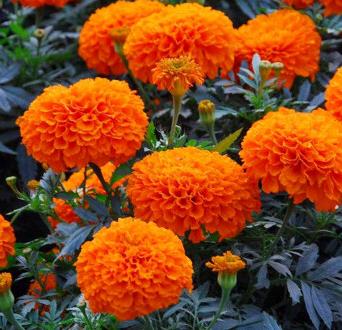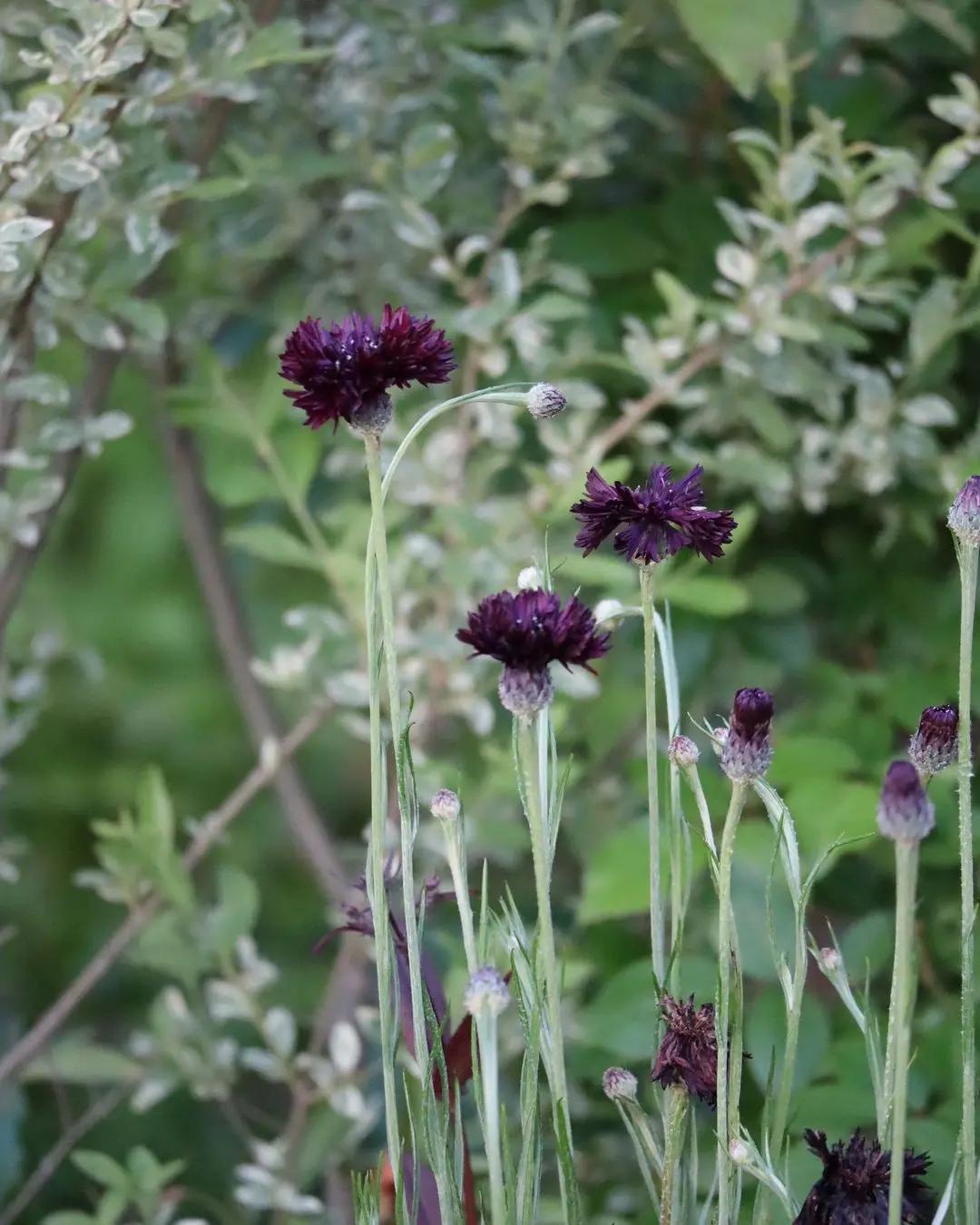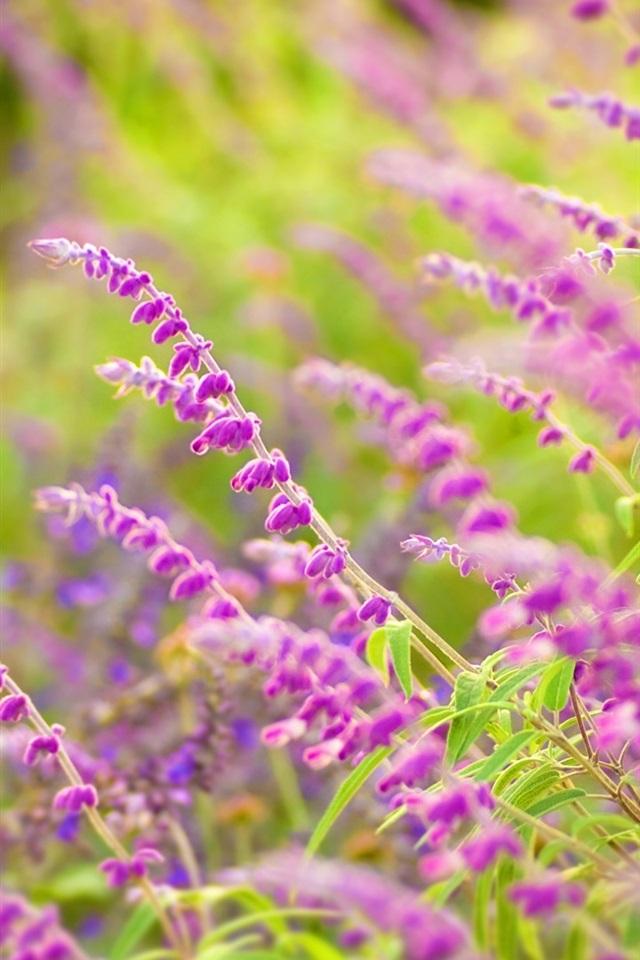Chrysobalanaceae is a fascinating family of flowering plants that includes over 500 species. One interesting story about this family involves a rare fruit called coulstonia, found in the Chrysobalanaceae genus Parinari. Coulstonia is highly valued for its sweet, juicy flesh, but it’s also incredibly difficult to access because it grows on tall trees in the deep forests of Guyana. As a result, the fruit was once considered a delicacy reserved only for indigenous tribes and adventurous travelers. Today, coulstonia remains a rare and sought-after treat among fruit enthusiasts and connoisseurs.
Picture
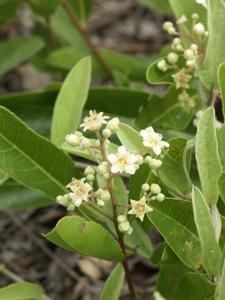
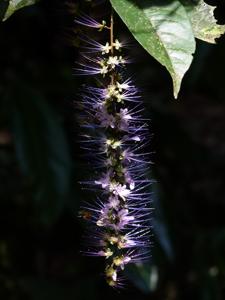
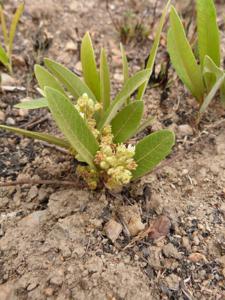
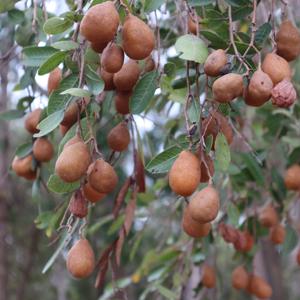
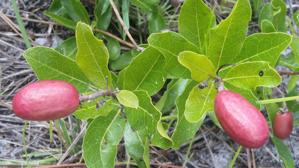

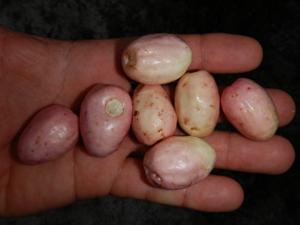
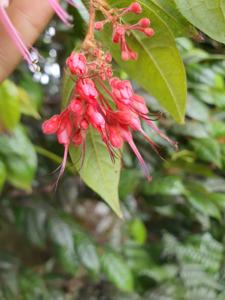
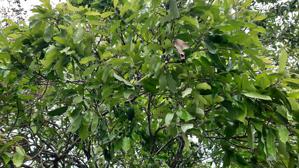
Plant some seeds now!
Short Description
Chrysobalanaceae is a family of flowering plants, consisting of trees and shrubs in 27 genera and about 700 species of pantropical distribution with a centre of diversity in the Amazon. Some of the species contain silica in their bodies for rigidity and so the mesophyll often has sclerenchymatous idioblasts. The widespread species Chrysobalanus icaco produces a plum-like fruit and the plant is commonly known as the coco plum.
The family was traditionally placed as subfamily Chrysobalanoideae in the rose family (Rosaceae) or as a family in the rose order and exceptionally as an order in Myrtiflorae by Dahlgren In the phenotypic cladistic analysis of Nandi et al., it branched with Elaeagnaceae as sister group of Polygalaceae, in their molecular cladistic analysis it was in Malpighiales and also in their combined analysis.

